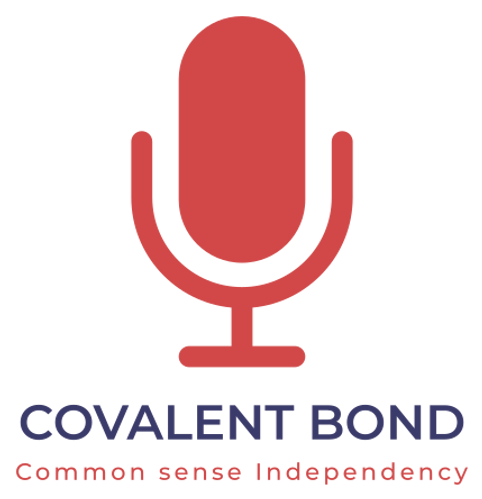Pause and Reversal: How the US Halted and Resumed Weapons Deliveries to Ukraine Within Days
7/8/25
By:
Michael K.
The decision to halt deliveries due to depleted reserves turned out to be short-lived — what lies behind this move by Trump, and how did allies respond?

A Pause That Didn’t Last Long
Just a few days after the United States suspended the delivery of key types of weapons to Ukraine, President Donald Trump announced the resumption of supplies. The decision, which sparked a sharp reaction in Kyiv and concern among European allies, is now seen as a brief political maneuver.
At a dinner with Israeli Prime Minister Benjamin Netanyahu on July 7, Trump stated: “We’re going to send some more weapons — defensive weapons primarily… They have to be able to defend themselves.” (AP News)
The pause in supplies came as a surprise both to Kyiv and to America’s allies. Earlier, the Pentagon had announced the suspension of shipments of certain systems — in particular, Patriot surface-to-air missiles, GMLRS guided rockets, Hellfire missiles, and 155 mm artillery shells. The reason cited was concern over the depletion of America’s own stockpiles (Reuters).
Reasons for the Suspension: Military Reserves and Political Ambiguity
Within the US, this decision was explained as a need to “audit reserves.” However, several analysts suggested that the move was part of a broader political agenda of the Trump administration, combining the “America First” doctrine with a desire to pressure allies. As noted by The Guardian, the issue was not just logistical but possibly an attempt to push Europe to ramp up its own deliveries.
Kyiv’s Response: Shock and Urgent Diplomatic Outreach
The Ukrainian leadership met the news with anxiety. President Volodymyr Zelensky initiated a series of urgent contacts with the US Congress and the Pentagon. At the same time, Kyiv signed a new agreement with European countries and private US companies to expand the production of combat and reconnaissance drones, aiming to offset potential shortfalls in arms deliveries (The Guardian).
The Ukrainian side also warned that delays in the shipment of 30 Patriot missiles and thousands of HIMARS rounds could lead to a loss of capacity to effectively repel massive Russian airstrikes. Particularly alarming was the fact that, at the time of the pause, Ukraine was facing an acute shortage of exactly those systems.
Announcement of Aid Resumption
A few days later, amid Netanyahu’s visit, Trump shifted his rhetoric. His statement on the need to assist Ukraine was interpreted as a signal of political reversal. Later, Pentagon spokesman Sean Parnell confirmed that the supply operation would resume at the president’s instruction, with a focus on “defensive systems.”
What Will Be Delivered
According to open sources, the following items are included:
- Patriot PAC-3 — long-range guided surface-to-air missiles;
- GMLRS — precision-guided multiple-launch rockets;
- Hellfire — air-to-ground missiles;
- 155 mm artillery shells;
- NASAMS (AIM-120 AMRAAM), Stinger, AT-4 — air defense and anti-tank weapons (Politico, FT).
While exact volumes have not been disclosed, earlier reports indicated 30 Patriot missiles, over 8,000 artillery shells, and hundreds of high-precision munitions.
European Anxiety
In Brussels and Berlin, reactions were restrained but marked by concern. NATO reaffirmed the importance of American support and expressed hope that such pauses would not become systemic. Germany and the Netherlands, according to Axios, are discussing the expansion of their own air defense deliveries to partially compensate for American volatility.
The Political Subtext
Analysts in Washington see Trump’s decision as an attempt to balance a domestic electorate seeking spending cuts with international commitments. There is also speculation about a connection with trade negotiations and tariff policy: on the same day, the administration sent tariff notices to several countries.
This decision continues the “America First” line — an attempt to reduce global involvement in favor of domestic priorities and test allies’ reactions. As the author noted in the article “Strength, Tariffs, and Patriots”, “Trump’s policy is not merely a return to protectionism, but an attempt to reshape global rules. Yet the strategic uncertainty these moves create is already undermining trust in the US even among its closest allies. Markets react nervously, Asia and Europe are reshuffling supply chains, and Washington itself is balancing between electoral populism and global responsibility.”
Though deliveries have resumed, anxiety remains in Kyiv and European capitals. Trump’s logic is unpredictable, and reliance on American air defense systems remains critical. Will there be another pause? The question is still open. But after this episode, trust between allies has become just a bit less automatic.
Latest news



